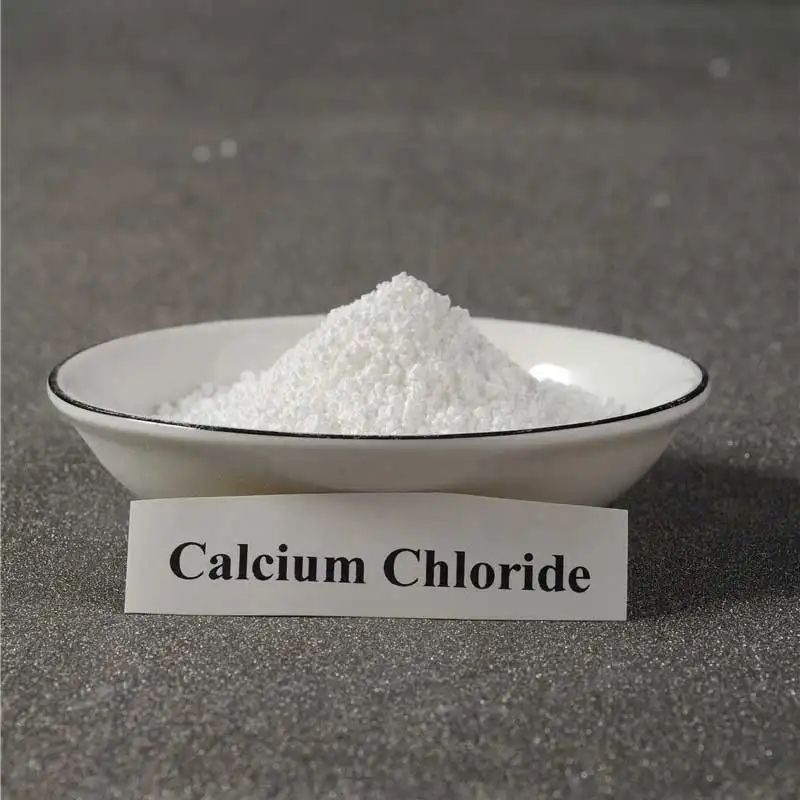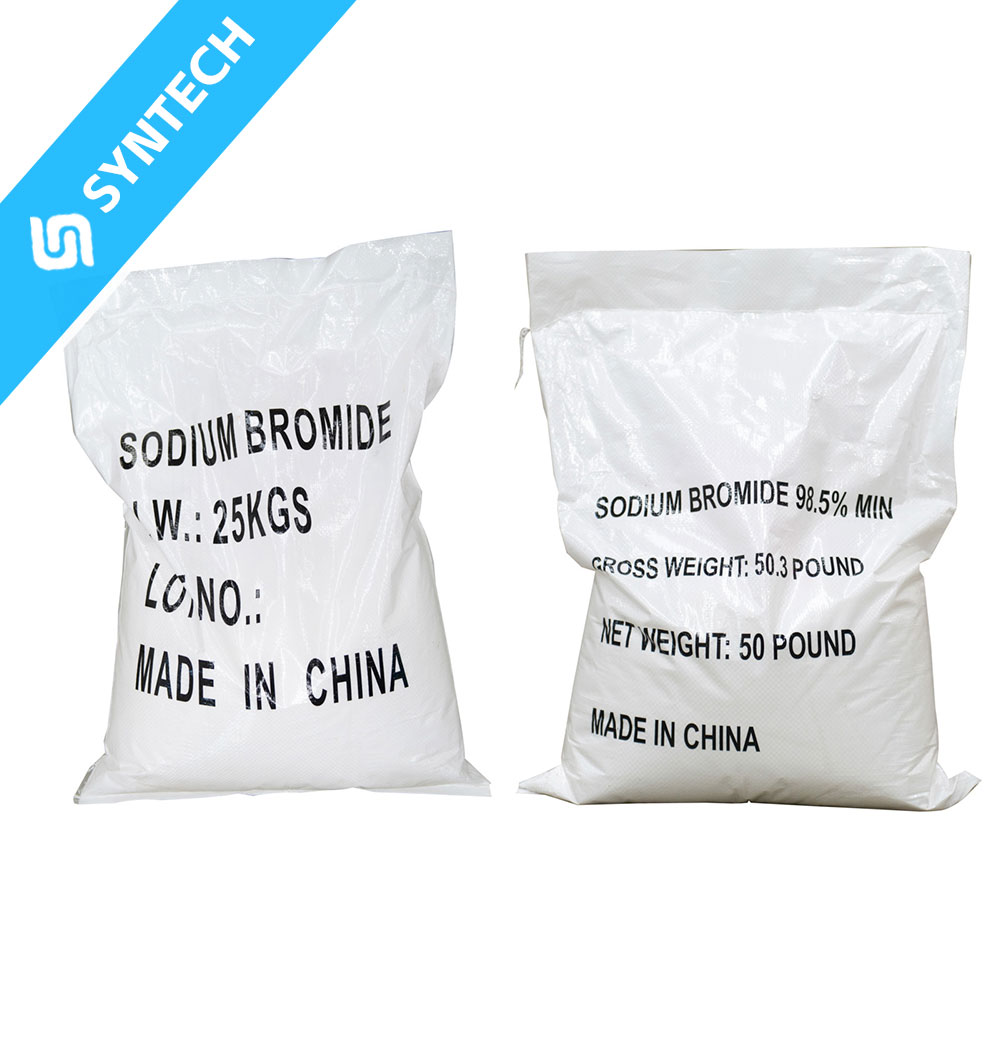Selecting the right Sodium Methallyl Sulfonate (SMAS)-based chemical for a high-salinity oilfield project requires a focused, performance-driven evaluation. The goal is to quickly identify which product delivers the best efficacy under your specific harsh conditions. Here’s a step-by-step methodology:
Phase 1: Define Minimum Requirements & Request for Information (RFI)
Before testing, quickly screen suppliers by defining non-negotiable criteria.
- Technical Data Sheet (TDS) & Material Safety Data Sheet (MSDS) Analysis:
- Purity & Composition: Request the exact SMAS content (%) and information on other components (e.g., water, salts, other monomers if it’s a copolymer). Higher purity often correlates with better performance.
- Physical Form: Specify powder (better for logistics, less weight) or solution (easier to handle). This impacts transport and storage costs.
- Key Specifications: Look for data on pH, solubility, and density.
- Supplier Pre-Qualification:
- Proven Oilfield Experience: Prioritize suppliers with a track record of providing chemicals for high-salinity, high-temperature (HSHT) applications.
- Quality Assurance: Inquire about their quality control processes and certificates (e.g., ISO 9001).
- Scalability & Supply Chain: Ensure they can reliably supply the required volumes for a pilot and full-field implementation.
Phase 2: Design a Focused Laboratory Testing Protocol (“The Quick Screen”)
Develop a standardized test protocol that simulates your reservoir conditions as closely as possible. Provide all suppliers with the exact same test parameters and brine composition to ensure a fair comparison.
Step 1: Prepare Simulated Reservoir Brine
- Create a synthetic brine that matches your reservoir’s Total Dissolved Solids (TDS), ion composition (especially Ca²⁺ and Mg²⁺ concentration), and pH.
Step 2: Core Performance Tests (The Critical Trio)
| Test | Procedure | Key Performance Indicator (KPI) | Why It Matters for High-Salinity |
|---|---|---|---|
| 1. Compatibility & Solubility | Mix the product at the target concentration (e.g., 0.1-1.0% wt) in the synthetic brine. Observe immediately and after 24 hours. | Visual Clarity. No precipitation, haze, or phase separation. | Confirms the product won’t plug the formation. The sulfonate group’s ability to resist divalent cations is paramount. |
| 2. Thermal Stability | Age the chemical in brine in sealed containers at your reservoir temperature for an extended period (e.g., 7-14 days). | Post-aging Compatibility. Re-check for precipitation. Viscosity Change (if it’s a polymer). | Ensures the chemical won’t degrade and lose functionality or cause damage under downhole conditions. |
| 3. Core Flooding Test (Gold Standard) | Conduct flow experiments on core plugs from your reservoir or analogous rock. Measure oil recovery before and after injecting the SMAS-based chemical solution. | Incremental Oil Recovery (% OOIP). Pressure differential across the core (indicates plugging risk). | Directly measures the product’s ability to mobilize residual oil under realistic flow conditions. It tests interfacial tension reduction and wettability alteration. |
Step 3: Supplementary Tests (For Deeper Insight)
- Interfacial Tension (IFT) Measurement: Quantifies the product’s ability to lower IFT between oil and water, which is a key mechanism for mobilizing trapped oil.
- Wettability Alteration: Assesses how effectively the chemical changes the rock surface from oil-wet to water-wet, facilitating oil release.
Phase 3: Establish a Multi-Criteria Decision Matrix
Translate the test results into a quantitative scoring system to objectively compare suppliers. Assign weights to each criterion based on your project’s priorities (e.g., performance might be 50% of the score, cost 30%).
| Evaluation Criterion | Weight (%) | Supplier A Score (1-10) | Supplier B Score (1-10) | Notes |
|---|---|---|---|---|
| Incremental Oil Recovery | 40 | Most important performance metric. | ||
| Compatibility/Stability | 25 | A failure here is a knockout criterion. | ||
| Technical Support | 10 | Quality of advice and responsiveness. | ||
| Total Cost of Ownership | 15 | Price per kg + transport + handling costs. | ||
| Scalability & Logistics | 10 | Ability to deliver volume on time. | ||
| **Total Score | 100 |
Total Cost of Ownership (TCO) Calculation:
Don’t just compare $/kg. Factor in:
- Dosage Required: A more effective product may have a higher unit cost but a lower required dosage.
- Logistics: Cost of transporting powder vs. solution.
- Handling: Ease of mixing and injection.
Conclusion: The Path to a Rapid Decision
To quickly and effectively screen SMAS suppliers for a high-salinity project:
- Pre-Qualify: Use RFIs to filter out suppliers lacking HSHT experience or robust quality control.
- Standardize Testing: Force all short-listed suppliers to test their product against the exact samesimulated reservoir conditions. Core flooding is the most revealing test.
- Quantify the Decision: Use a weighted decision matrix to move beyond subjective opinion to an objective, data-driven selection based on performance, stability, and total cost.
This structured approach minimizes risk and maximizes the chance of selecting a SMAS-based product that will successfully enhance oil recovery in your challenging high-salinity environment.






